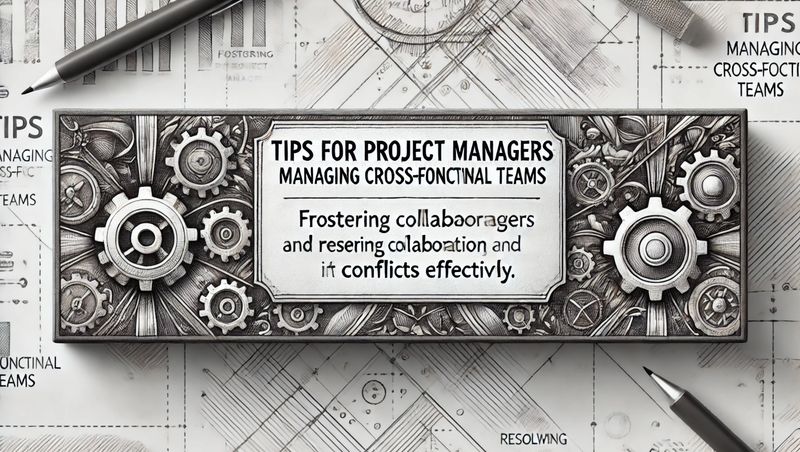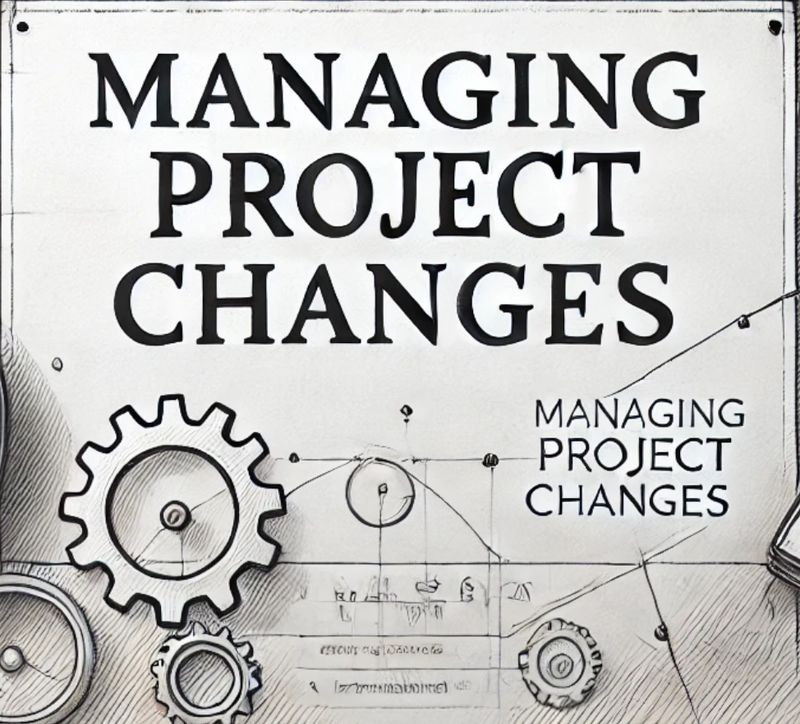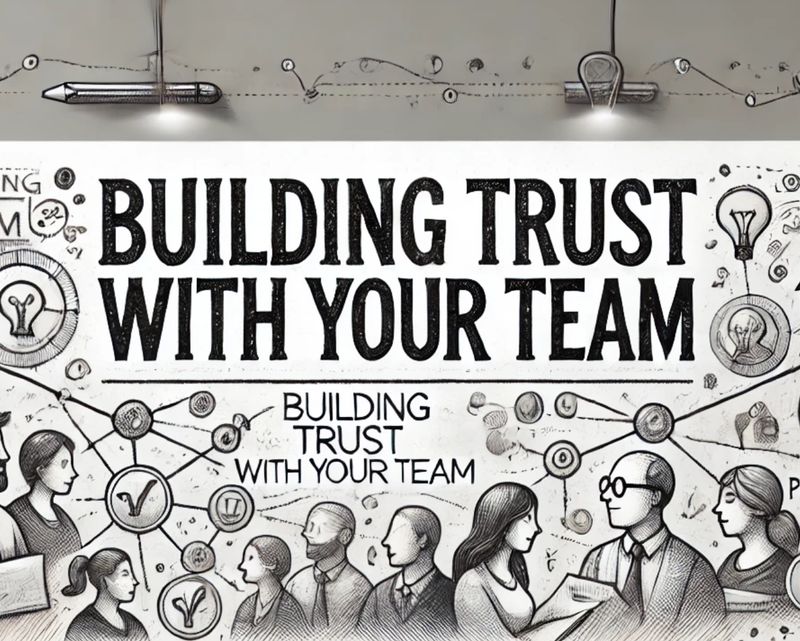Navigating the Challenges of Managing Cross-Functional Teams

Understanding the Dynamics of Cross-Functional Teams
Cross-functional teams are composed of members from different departments, such as marketing, engineering, sales, and operations. This setup offers a wealth of expertise, but it also means that members may have conflicting priorities or speak entirely different "languages" when approaching problems.
For example, when working on a new product launch, the marketing team might focus on branding and outreach, while the engineering team is concerned with technical feasibility. A project manager's role is to bridge these gaps and create a shared understanding.
1. Building trust is the foundation for success. Members must feel confident that their contributions are valued, and misunderstandings are handled constructively.
2. Encouraging open communication helps to reduce silos. Regular check-ins and clear communication tools can ensure everyone stays aligned.
3. Acknowledging differences in perspectives is key. Rather than seeing varying priorities as a barrier, view them as an opportunity to strengthen the project’s overall strategy.
Setting Clear Goals and Expectations
A lack of clarity can derail even the most skilled cross-functional teams. To ensure everyone is moving in the same direction, project managers must set clear, measurable goals and communicate expectations effectively.
For instance, imagine a team tasked with developing a customer feedback system. The product team might aim for user-friendly features, while the IT department prioritizes data security. A project manager can mediate by defining the project's core objective: creating a secure, user-friendly feedback system. This ensures all efforts are unified toward a common purpose.
1. Establishing a unified vision helps to align efforts. Clearly articulating the "why" behind the project fosters a sense of shared purpose.
2. Defining roles and responsibilities prevents confusion. When each member understands their specific contributions, it reduces overlaps and gaps in execution.
3. Setting milestones keeps progress on track. Regular checkpoints provide an opportunity to evaluate achievements and adjust plans as needed.
Resolving Conflicts and Encouraging Collaboration
Conflict is inevitable when diverse perspectives meet, but it doesn't have to be detrimental. Managed correctly, disagreements can lead to breakthroughs. Project managers play a crucial role in turning potential friction into productive discussions.
Consider this scenario: A designer and a software engineer clash over a project's timeline. The designer needs more time to finalize visuals, while the engineer wants to start coding. The project manager steps in to facilitate a discussion, highlighting how both perspectives are critical. By agreeing on an iterative approach—finalizing designs in phases—they resolve the conflict and maintain momentum.
1. Addressing conflicts early prevents escalation. Ignoring issues can lead to resentment and delays.
2. Acting as a neutral mediator ensures fairness. Listening to all sides and focusing on solutions creates a collaborative atmosphere.
3. Celebrating team wins fosters unity. Recognizing achievements, both big and small, reinforces the value of teamwork and motivates members to stay engaged.
Cross-functional teams are a powerhouse of innovation and efficiency when managed effectively. By understanding their dynamics, setting clear goals, and resolving conflicts, project managers can harness the full potential of these diverse groups. Embrace the challenges of cross-functional management, and you'll create a team culture that thrives on collaboration and success.





